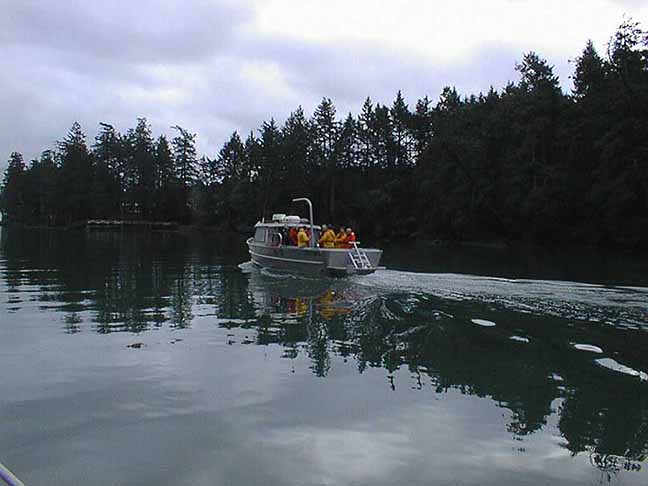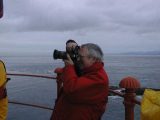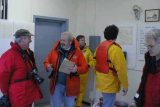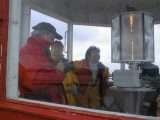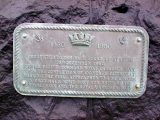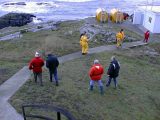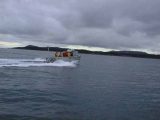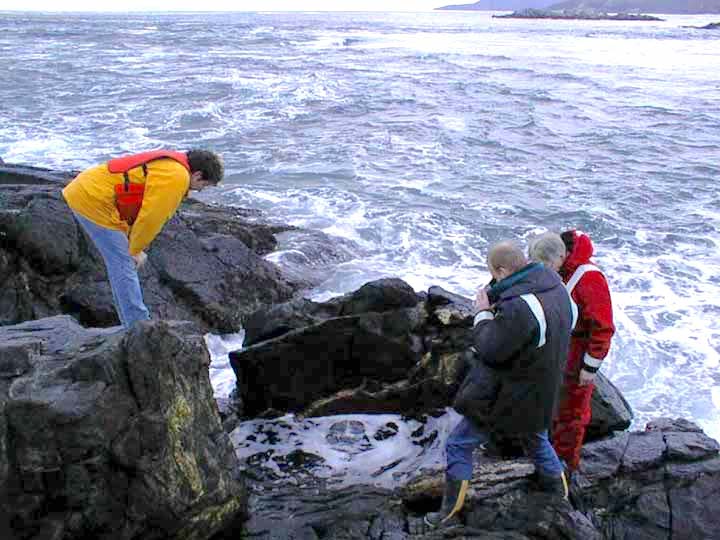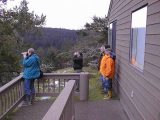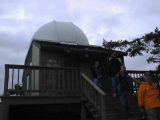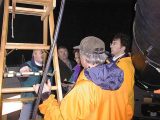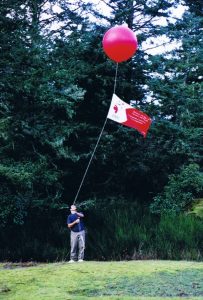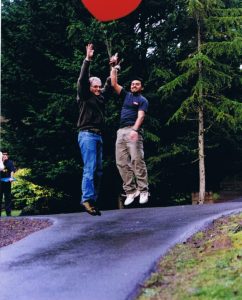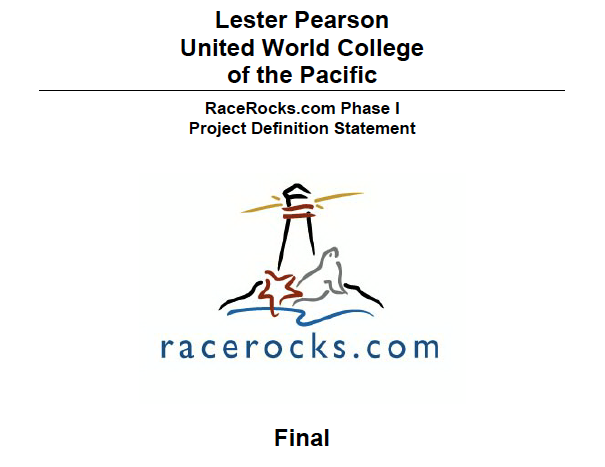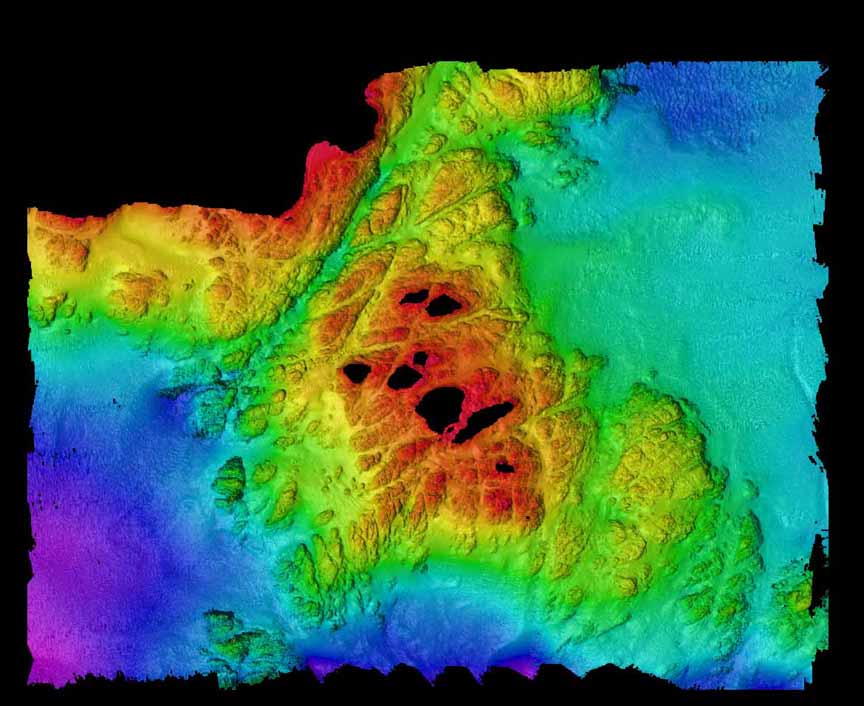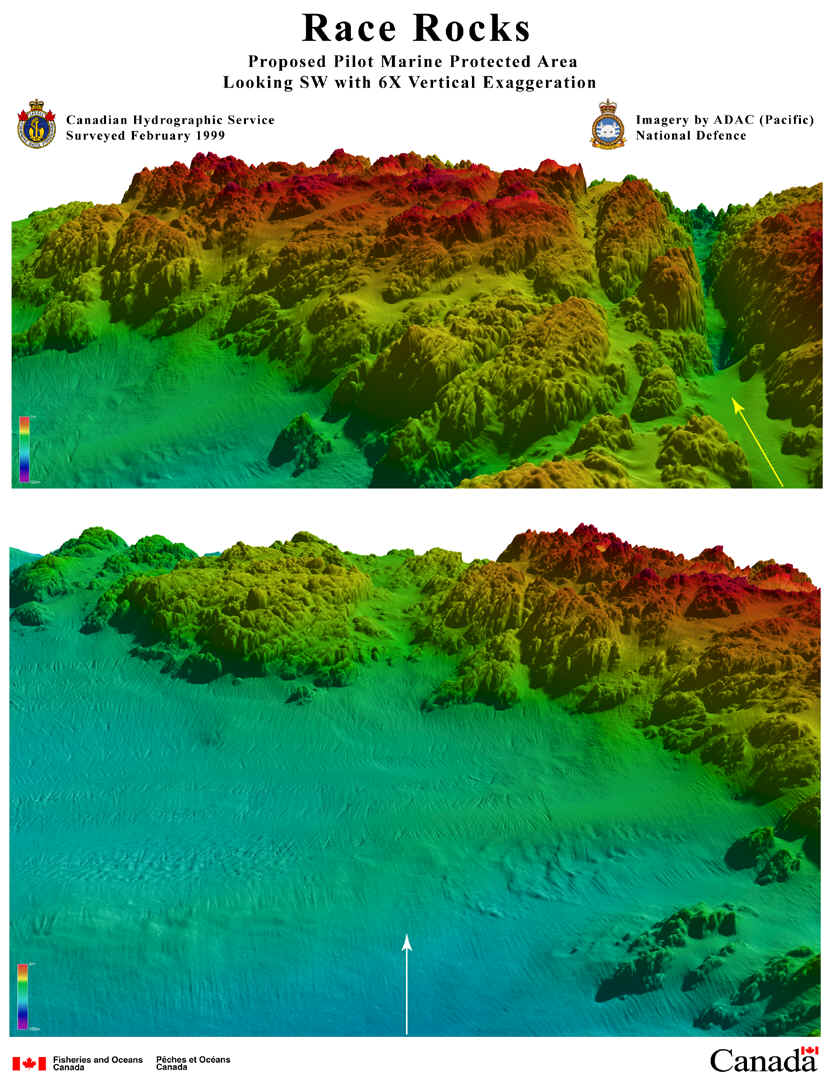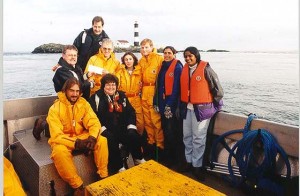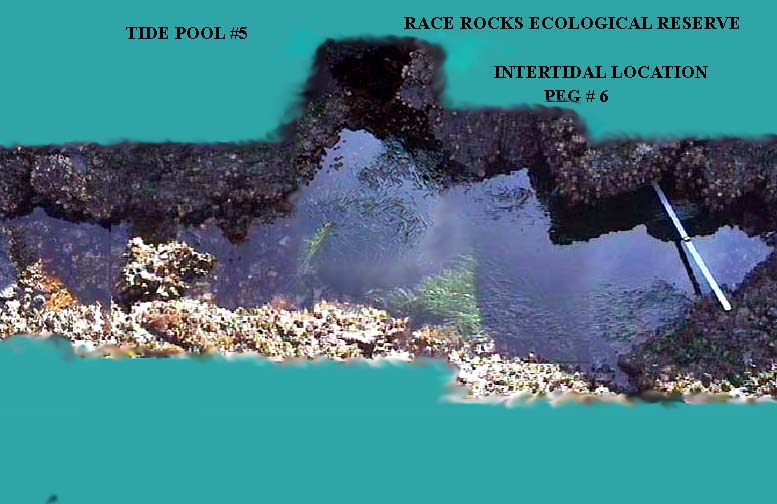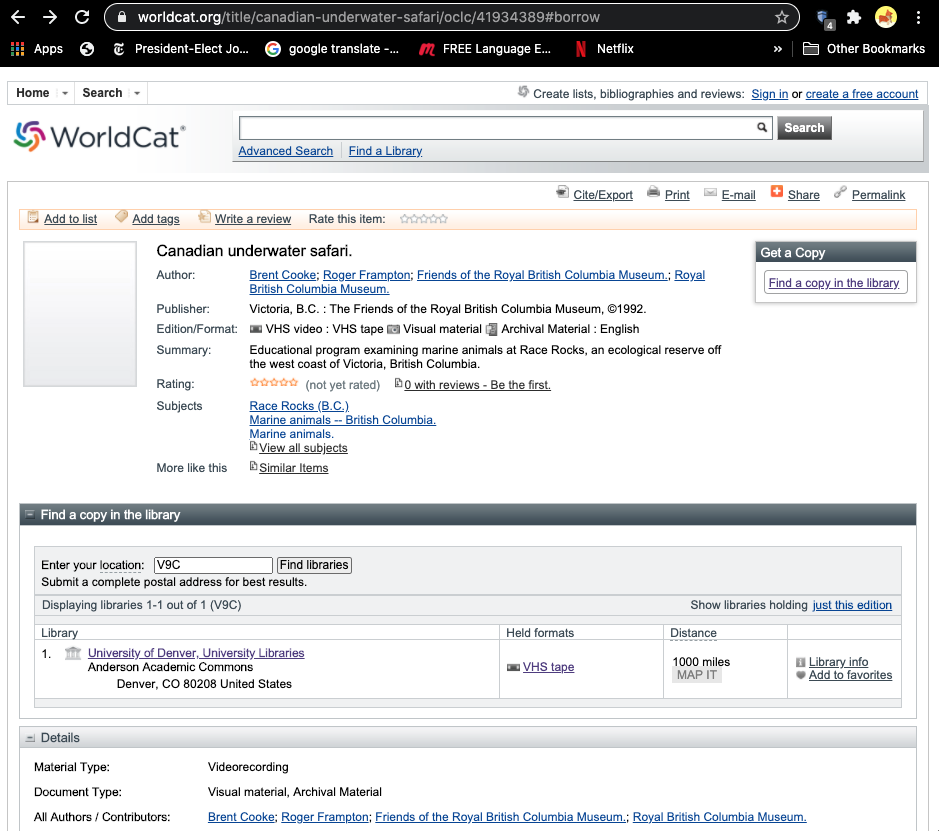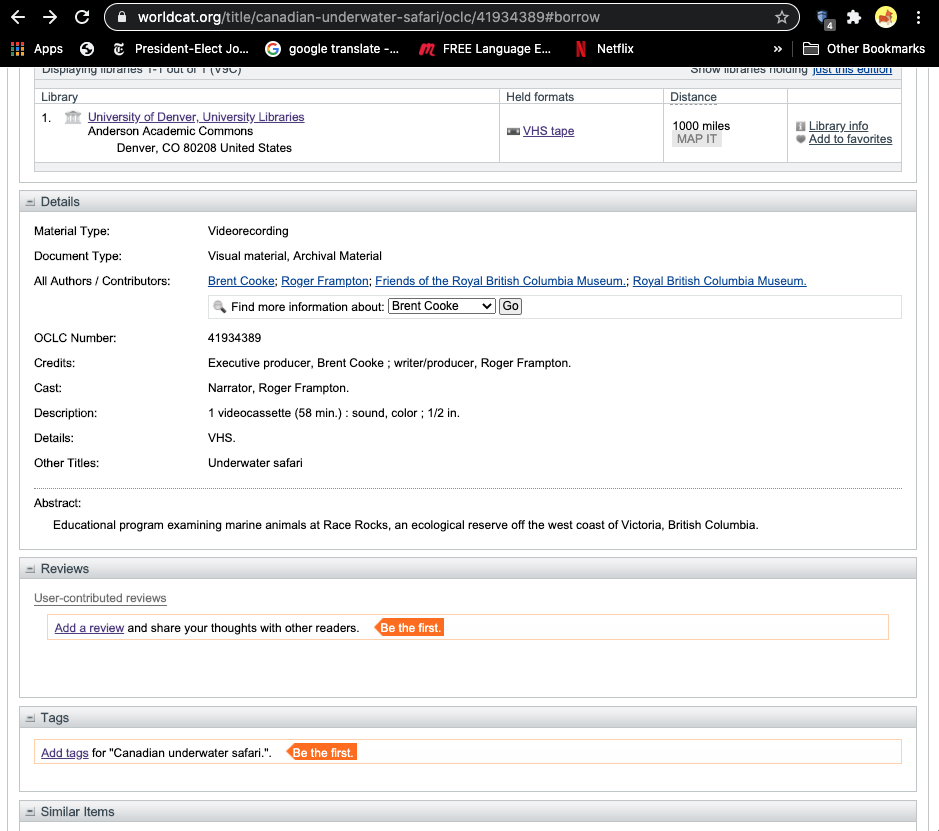We have made very significant advances towards our goal of initiating Phase 1 on March 11, 2000. This is especially true in the week of January 31, 2000 thanks to an extraordinary effort from our lead partners at Telus and LGS.
NEWS FROM LGS
LGS Project Manager Aengus McIntosh has proven himself to be a stern task master and gifted conductor as he coordinates the various aspects of the project. We have ordered the radio equipment needed to beam the heavy bandwidth of streaming video from Race Rocks to Pearson College and our entry point into “mainland” fiber and the internet. With advice from the specialists at Telus we have selected Tsunami Radio, 5.8 GHz spread spectrum 4Mb equipment to deliver the signal from Race Rocks. This equipment has been ordered from Glentel in Edmonton. Web specialist Scott Nicholl at LGS is working with Garry Fletcher and his students from Pearson College to develop the new racerocks.com web page for the March 11 launch. Scott has sourced our first camera, a SiteZap from Reardon Technology which is on the way to us from California. Aengus McIntosh continues to track our activities to make sure we apply foresight in our design, maximize the value of our purchases and work together to meet the complex and interconnected deadlines.
TELUS TO THE RESCUE
At Telus, effective support from Ian Scott, has mobilized a dedicated group of specialists in various Telus departments. Telus provided the solution to our biggest challenge when they agreed to provide the tower required to mount the radio antenna at the Pearson College end of our radio link. This was a turning point for the whole project and we are all very grateful to Telus. Staff in their Advanced Communication division are working on the issues around delivering the streaming video out of Pearson College and onto the Internet through the Telus server farm. Tim will have more details on this in the near future.
AT PEARSON COLLEGE
With a red balloon tethered high above the College’s observatory it is obvious something is happening. Garry Fletcher and a group of students in the know are aware of the work being done by Tom Bates of Telus to find the site for a radio link to the Pearson College campus. Less obvious are the preliminary web activities and documenting of the project that Garry’s students are working on. As the educational leader | and Director of the project, Garry is researching the various needs and options of the project design. We are very grateful to Tom Sampson for his advice on First Nation’s aspects of the educational program. Throughout this time the public consultations onthe establishment of the Race Rocks Marine Protected Area are also proceeding. Garry and several students are very much involved in this process as well. Garry also finds time to teach as well!
MORE RESOURCES
We welcome more supporters to the project. Ken Dunham, a Pearson College graduate and the principal of Symmetrical Systems Consulting is a born again partner in the project. It was Ken Dunham and Garry Fletcher that first developed the idea of a virtual Race Rocks web site in 1996 (when the costs were prohibitive). Ken is donating his network design expertise to design and build the local area network on Great Race Island and across the campus of Pearson College to Telus fiber. It is amazing how much today’s design looks like Ken’s 1996 radical version! Vancouver Aquarium and Marine Science Centre have confirmed significant financial support for the project and we look forward to the benefits of the Centre’s extensive experience in delivering marine education programs as we move into subsequent phases of the project.
MILLENNIUM BUREAU
The Federal Millennium Partnership Bureau has made this project possible. We have been in extensive communication with Bureau staff in recent weeks and they have been of great assistance in developing our contract and accounting systems. Though detailed and precise the systems are efficiently expedited. The good news is that at this point we are exactly on budget.
On a personal note… it is a great experience to work on this project. I have never worked with a group of such eager problem solvers. Thank you to all those mentioned here and to the many others working on specific elements of racerocks.com who will I am sure be recognised as their particular component comes on line.
UPCOMING EVENTS
If you are interested in the Race Rocks Marine Protected Area plan you are welcome to attend a Department of Fisheries and Oceans and BC Parks open house on the plan at Royal Roads on Saturday February 12, 2000 from 9:00 to 15:00hrs or at the Olympic View Golf Club on Wednesday February 16, 2000 from 19:00 to 21:30hrs. Garry and some of our students will be there to discuss the issues and present information about Race Rocks from our existing web site at http://www.racerocks.com
please e-mail Marc Pakenham at DFO if you plan to attend.
Angus Matthews

